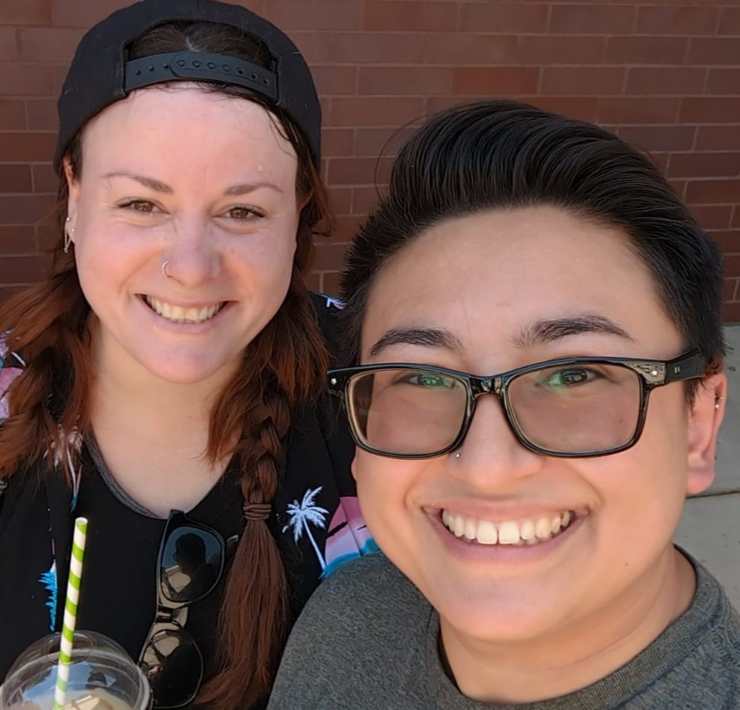How Do LGBTQ Youth Identify?

The Trevor Project’s 2019 National Survey on LGBTQ Youth Mental Health has provided us with insight on the topic of gender identities of LGBTQ youth. The difference between sex and gender identity is that sex is usually defined at birth and is based on observable genitalia. Gender is described as the range of identities that vary from and expand on traditional “sex.”
Results from the survey show that many queer youth identify with labels outside of the binary of male and female. One in four of the queer youth surveyed have a different identity than male or female, with seven percent of those surveyed stating they are transgender. The LGBTQ youth interviewed were then asked to write their gender identity if they were questioning or unsure, and many identified with terms such as genderqueer, agender, and demigender.
Genderqueer refers to a person who identifies with either both male or female, neither, or a combination of both. However, all the LGBTQ youth had one thing in common: they do not identify with the traditional terms related to sex. Agender is in relation to a person who does not subscribe themselves to a particular gender, and demigender is often related to nonbinary terms.
Related article: Safe2Tell Creates Safety for Youth
“Young people from across the gender spectrum contact The Trevor Project to explore gender identity and what gender means to them, but we aren’t the only organization interacting with LGBTQ youth,” said Myeshia Price-Feeney, a research scientist at The Trevor Project.
“The finding that one in four LGBTQ young people identify outside of the gender binary has important implications for clinicians, academics, and organizations in direct contact with young people. To accurately assess gender identity and create inclusive spaces, gender markers should include options beyond just ‘man’ and ‘woman,’” she said.
The research shows many queer youth have various gender identities outside of male and female. Catering to the needs of those in schools should be a priority. Often, LGBTQ youth face discrimination in their place of education, at home, and in public. By implementing practices that can assist in creating a welcoming environment for our youth, we help get rid of the hardships they face.









